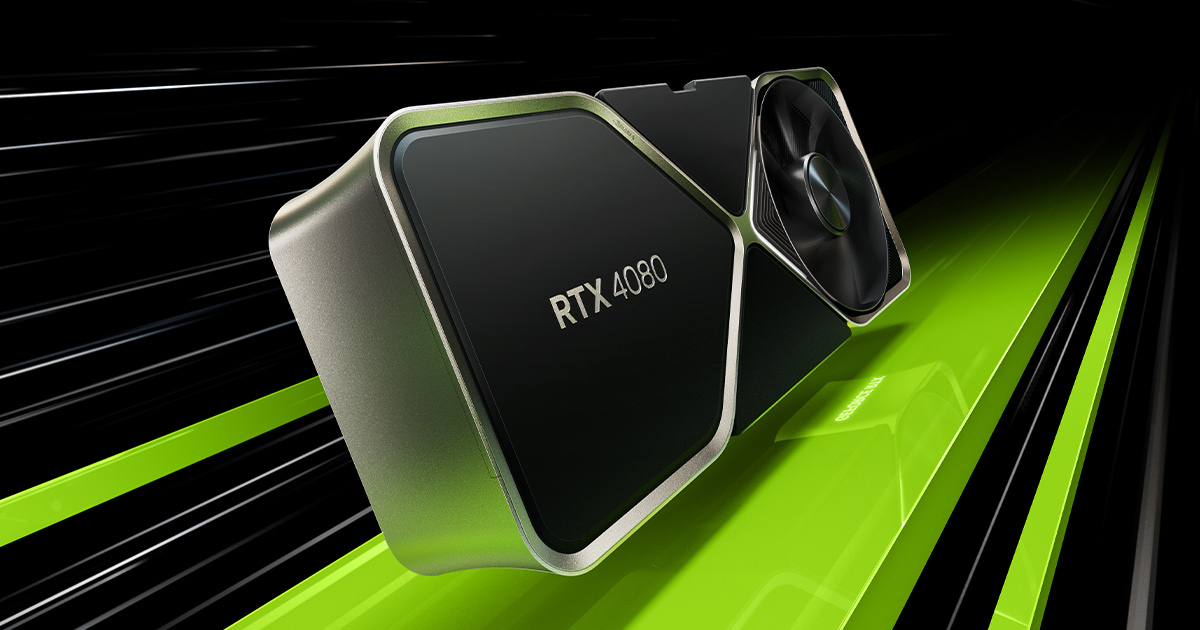
GeForce GPU’s built-in video encoding hardware has received a subtle enhancement, as indicated by a recent update on Nvidia’s support page, as reported by Tom’s Hardware. In the past, the NVENC encoder within GeForce GPUs had the capacity to encode up to three video streams concurrently. Presently, most GPUs supported by Nvidia’s latest drivers can encode up to five video streams simultaneously. This unlocks capabilities that were inherently present in the hardware but were previously restricted by software in consumer GPUs.
The precise timing of Nvidia’s implementation of this modification remains unclear. However, archived snapshots from March 18 on the Internet Wayback Machine show the previous three-stream limit. To access the additional encoding capabilities, you may need to install the most recent drivers. It’s important to note that your video quality settings may still impose limitations on the number of video streams you can encode simultaneously.
Fortunately, a wide range of GeForce GPUs dating back to the 2014-era Maxwell architecture now support these additional simultaneous streams. This means you don’t necessarily need a new or high-end video card to take advantage of this change. However, some models, particularly MX-series GPUs found in budget laptops, still lack video encoding capabilities, presumably due to hardware limitations.
Even within the list of supported GPUs, certain models still possess hardware that can encode even more video streams concurrently. Nevertheless, Nvidia maintains a software limit on these GPUs to encourage users who require extensive encoding to opt for their workstation-grade Quadro and RTX-branded GPUs. While there are software patches available to remove these limitations for GeForce GPUs, they are typically maintained by third parties, and their installation on your system may be a matter of personal comfort.
